the place where Paleontology and Paleoanthropology meets Philately
Nicaragua
Dinosaurs and other prehistoric animals on stamps and postmarks of Nicaragua
| << previous country | back to index | next country >> |
Contents:
- Country overview
- Philately of Nicaragua
- Official stamps of Nicaragua related to Paleontology
- Commemorative postmarks of Nicaragua related to Paleontology
- References
- Acknowledgements
Nicaragua, officially the Republic of Nicaragua, is the largest country in the Central American isthmus.
Nicaragua is bordered by Honduras to the northwest, the Caribbean to the east, Costa Rica to the south, and the Pacific Ocean to the southwest.
Nicaragua's capital, Managua, is the country's largest city and the third-largest city in Central America. The multi-ethnic population of six million includes indigenous peoples, Europeans, Africans, and Asians. The main language is Spanish. Native tribes on the eastern coast speak their own languages.
Nicaragua was conquered by Spain in 1522 and was attached to the Captaincy-general of Guatemala for four centuries.
Briefly under Mexican rule (1822-1823), Nicaragua became independent of Spain as a member of the Central American Confederation.
In 1838 Nicaragua became an independent republic. Its subsequent political history has been turbulent. The British controlled the eastern coast from the 17th century until 1893 and the United States effectively controlled the country from 1912 to 1933.
[R1]
The first stamps set of Nicaragua was issued in 1862 and show the Liberty Cap on the Mountain peak from the Seal of the country. [R2]
Official stamps of Nicaragua related to Paleontology: dinosaurs and other prehistoric animals
| 25.05.1987 "Prehistoric Animals" | 01.09.1994 "Dinosaurs" | 01.06.1999 "Prehistoric Animals" |
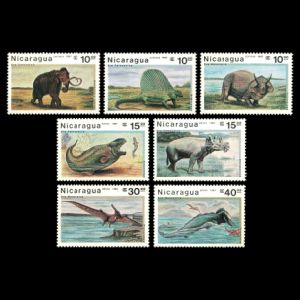 |
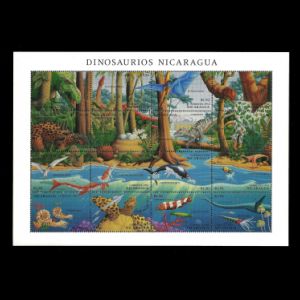 |
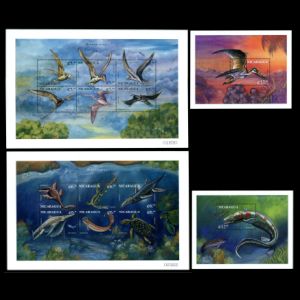
|
Commemorative postmarks of Nicaragua related to Paleontology: prehistoric animals
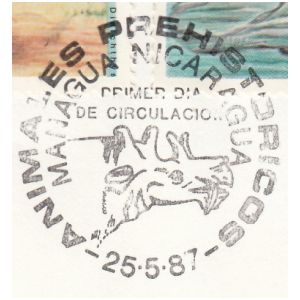 |
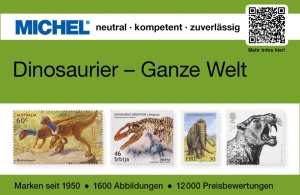 |
|
References:
- [R1] Nicaragua:
Wikipedia,
WikiTravel,
FlagCounter,
Smithsonian National Postal Museum,
- [R2] Postal History and Philately of Nicaragua:
Wikipedia,
Links to official website of the Post Authority, stamp catalog and a list of new stamps of Nicaragua are here
Acknowledgements:
Many thanks to Dr. Peter Voice from Department of Geological and Environmental Sciences, Western Michigan University, for reviewing the draft page and his valuable comments.
| << previous country | back to index | next country >> |